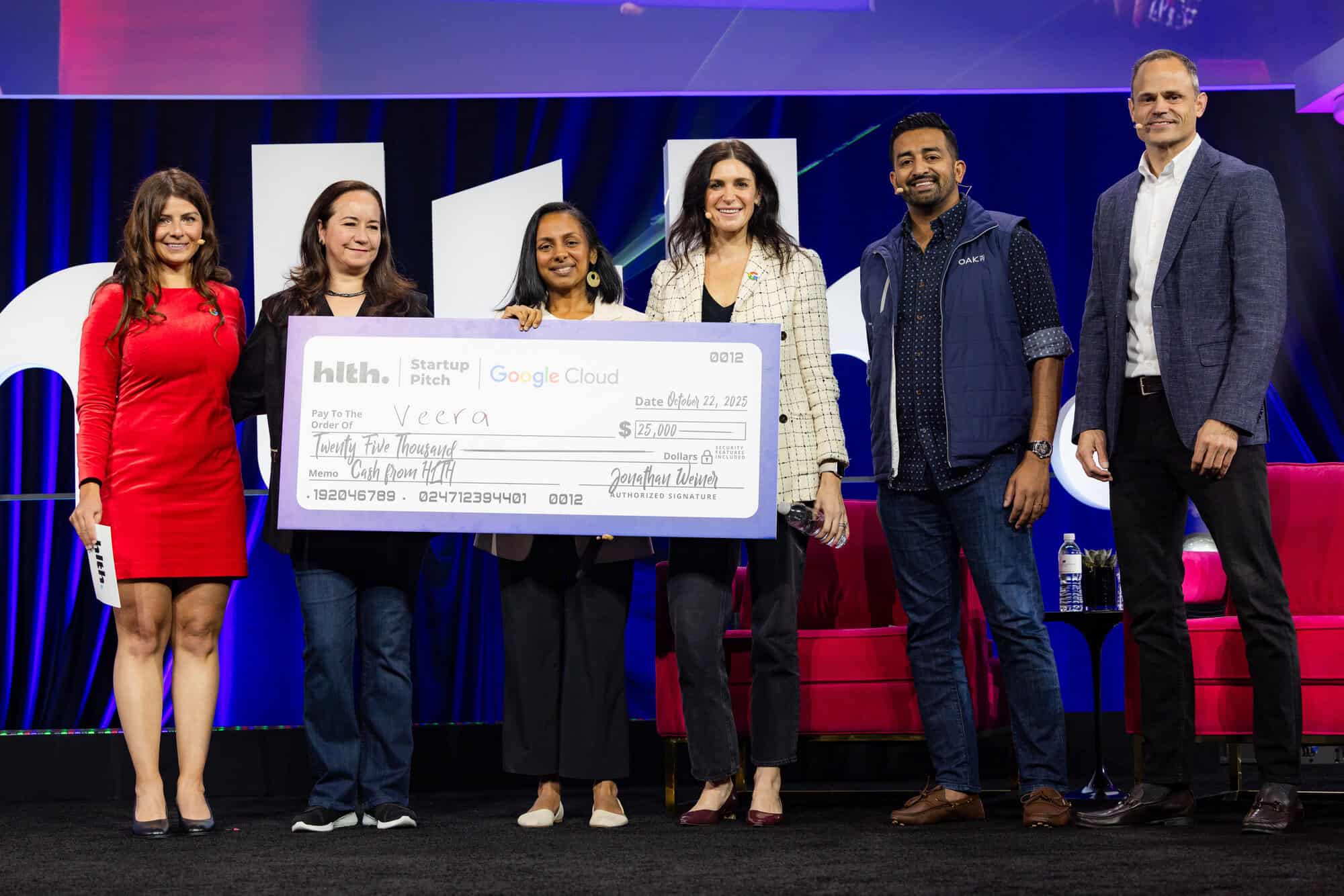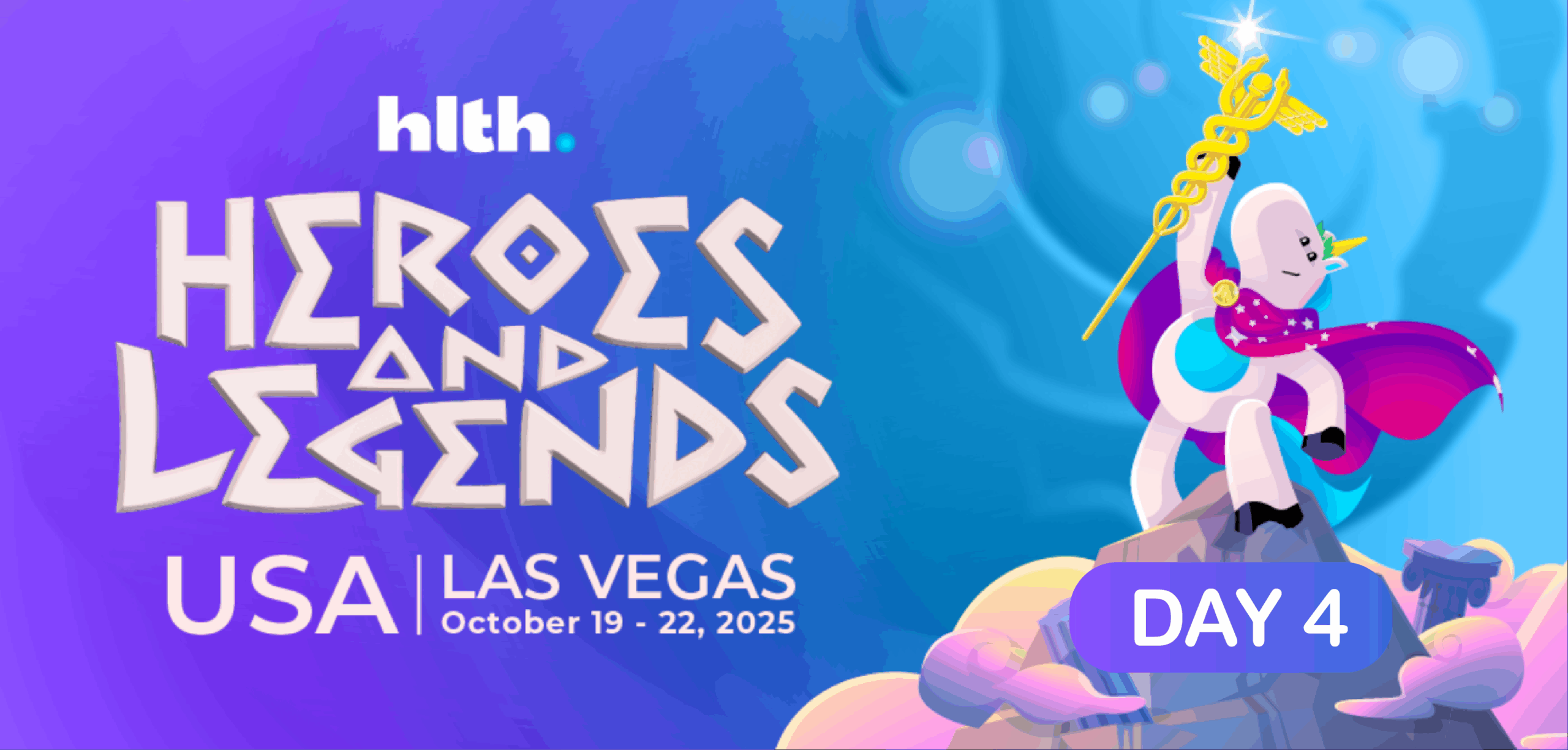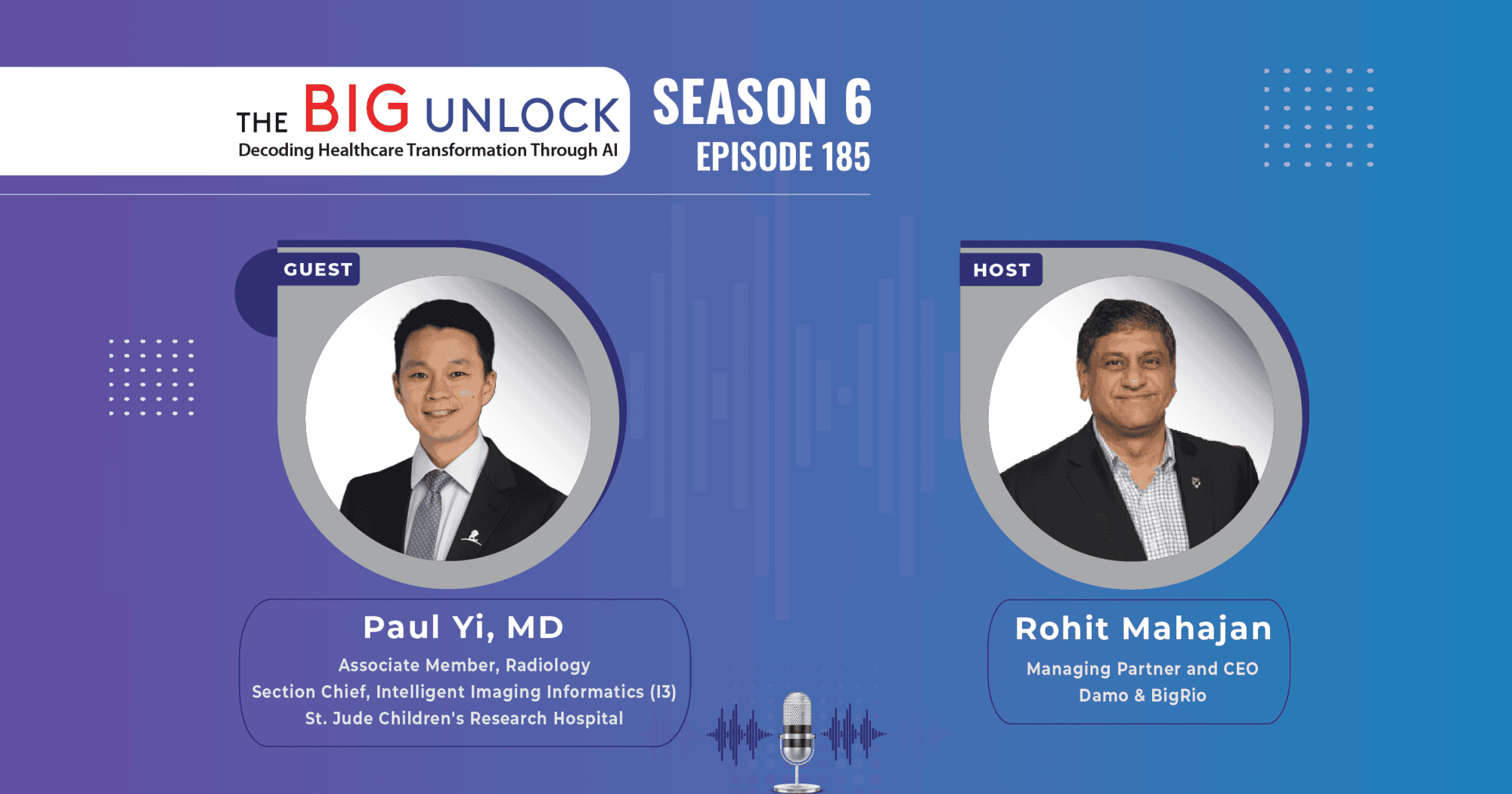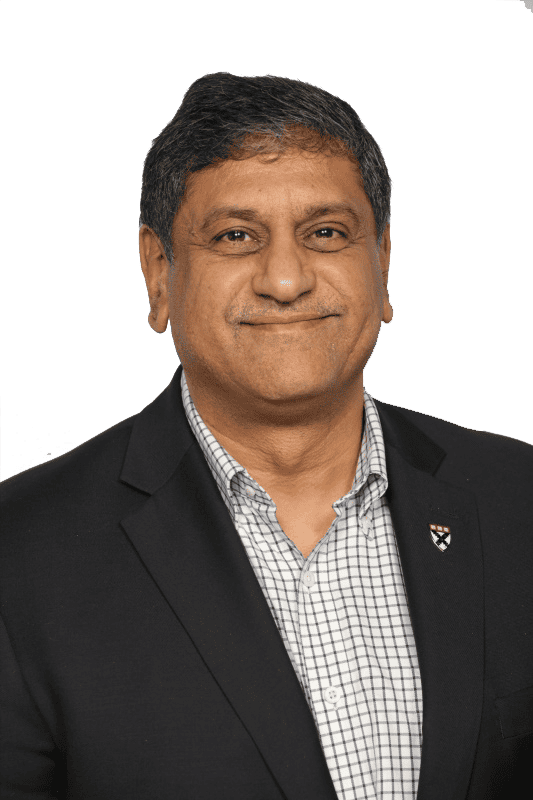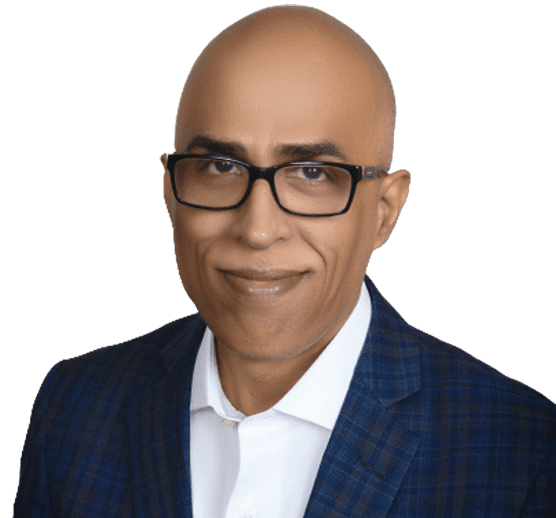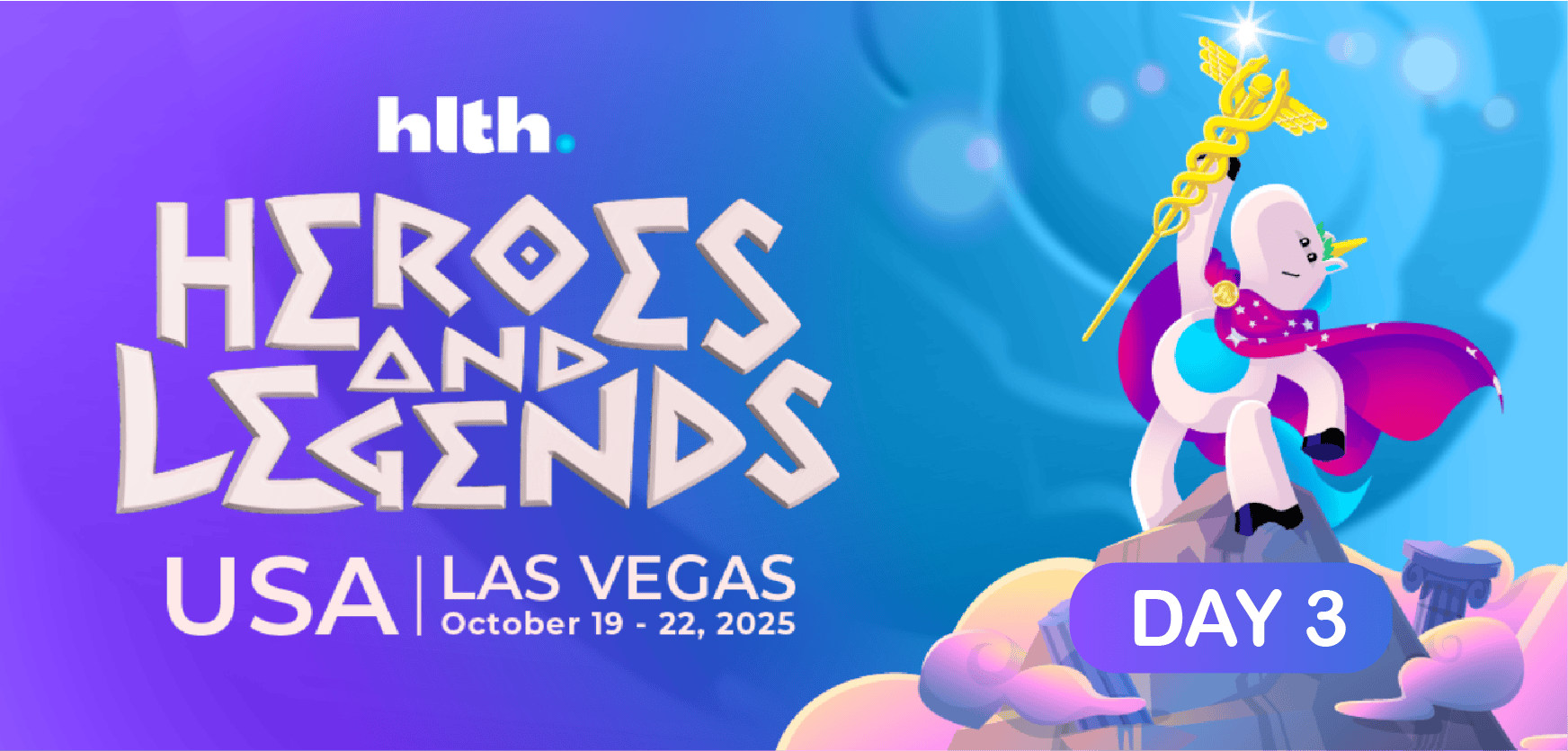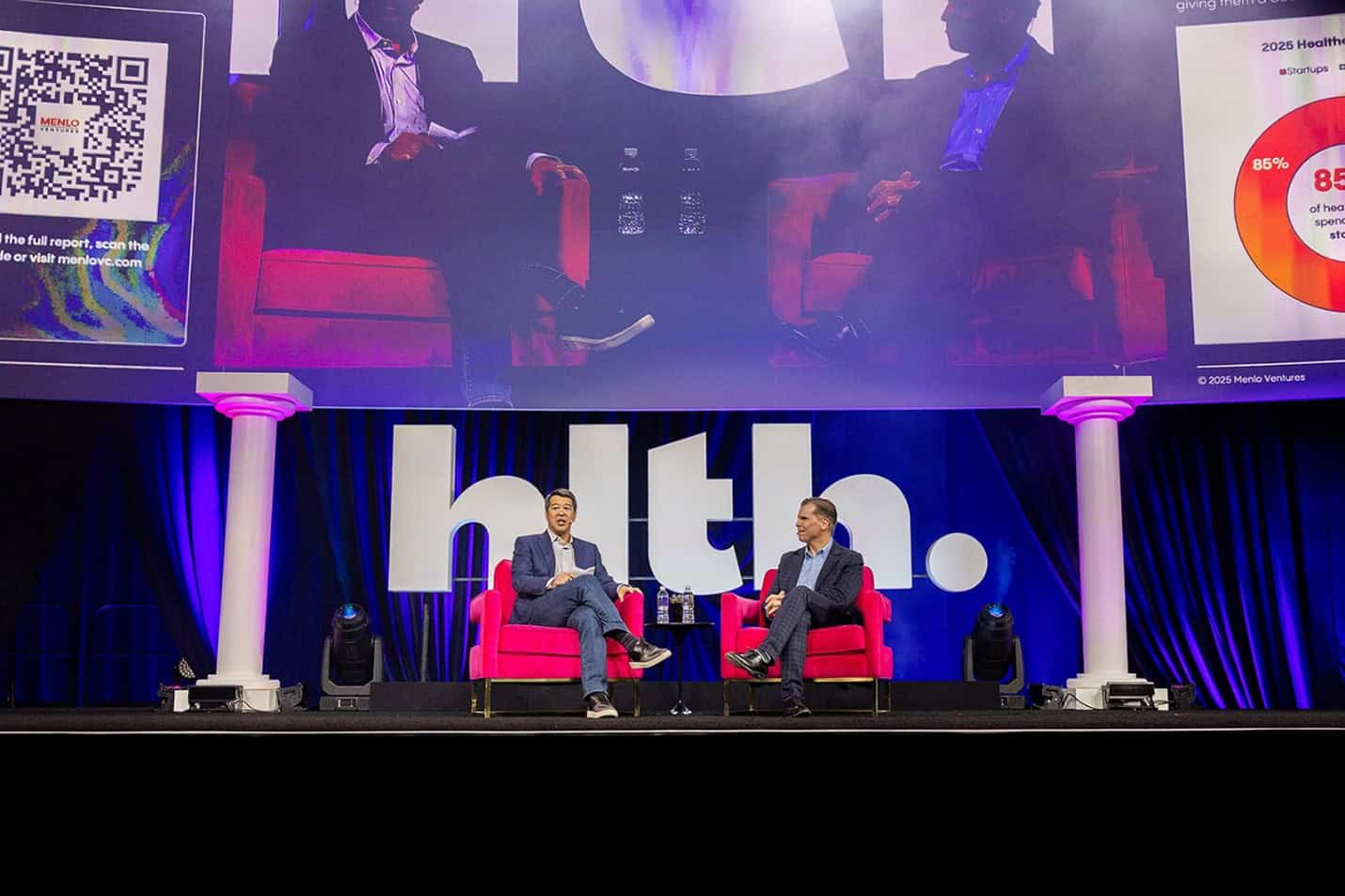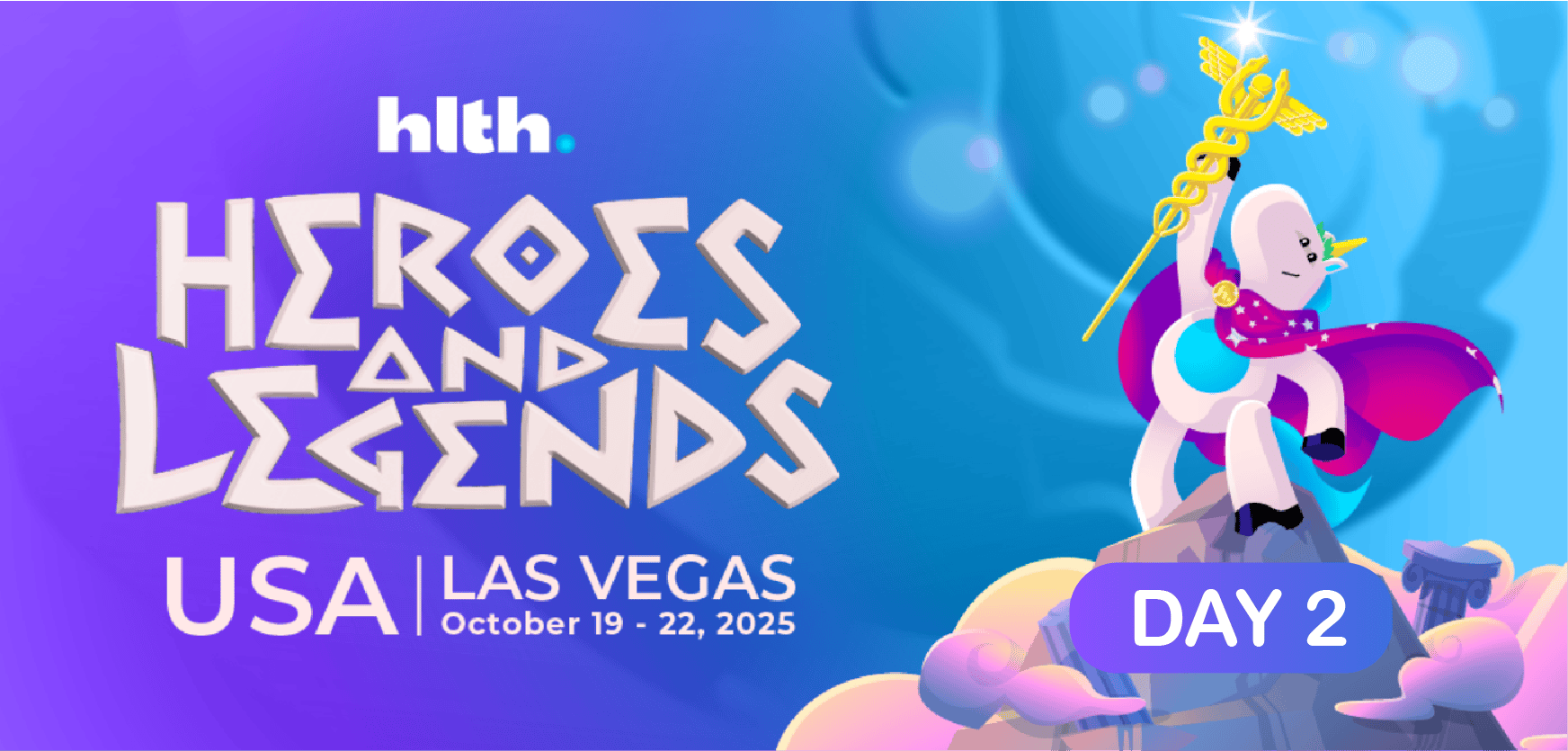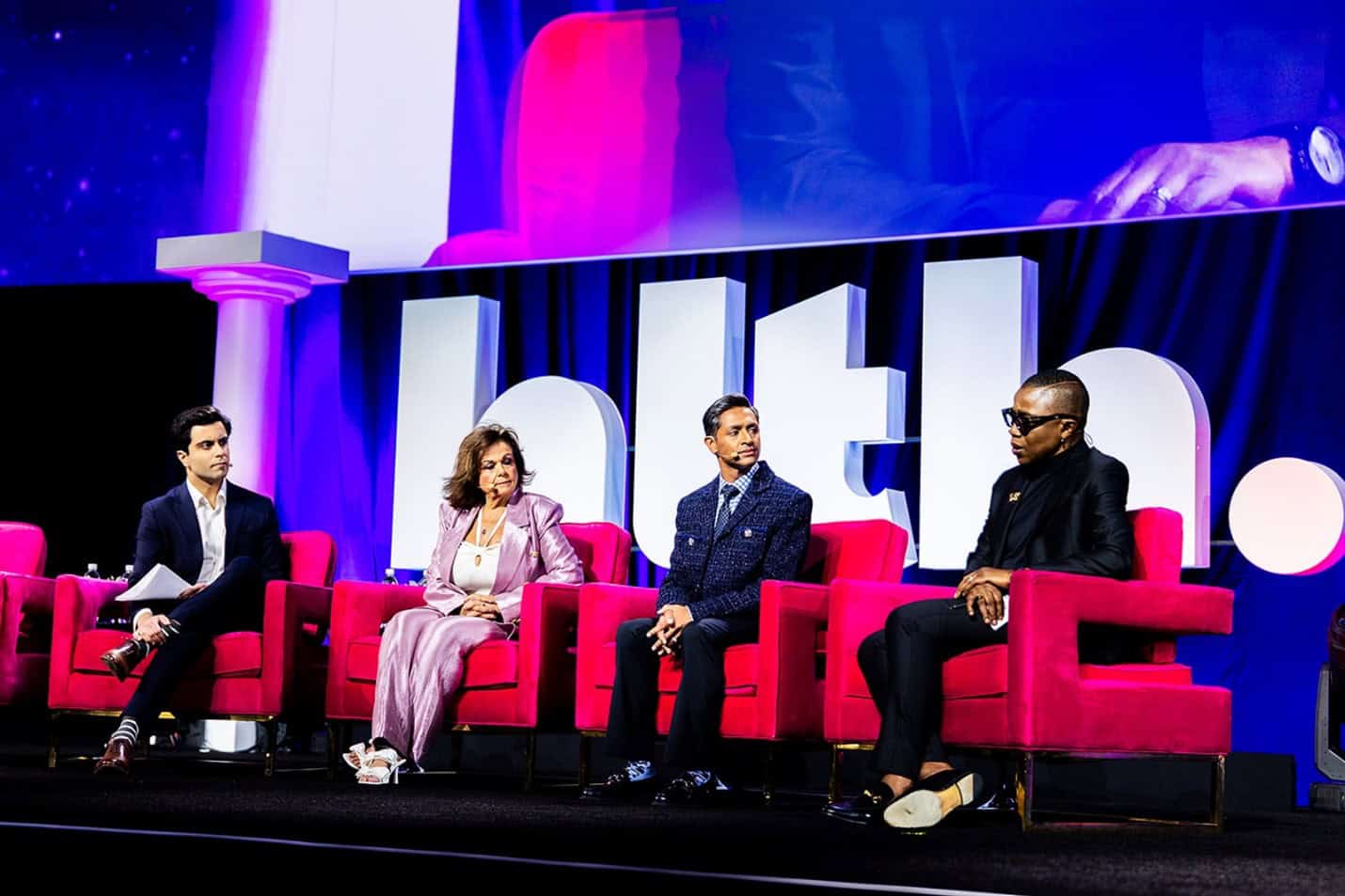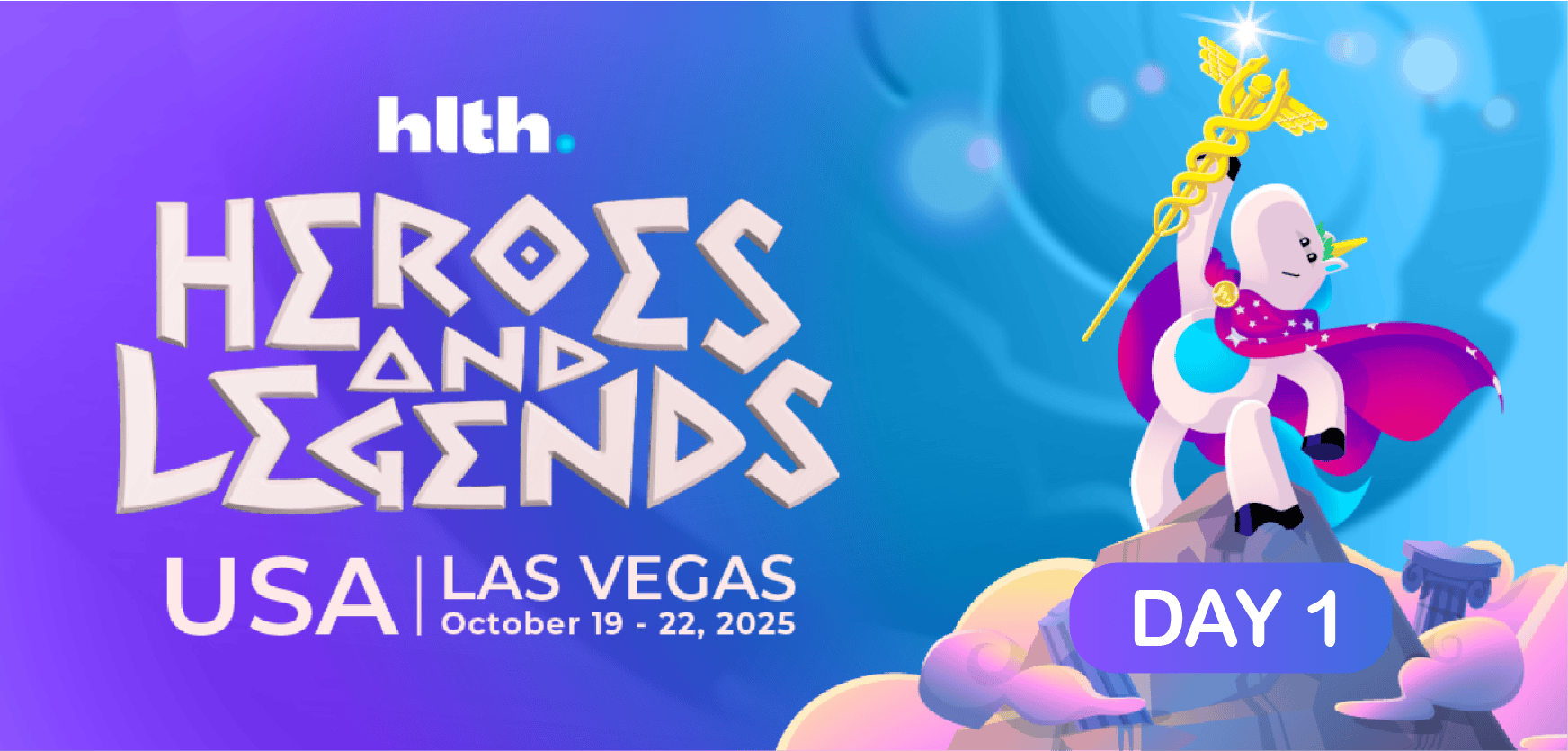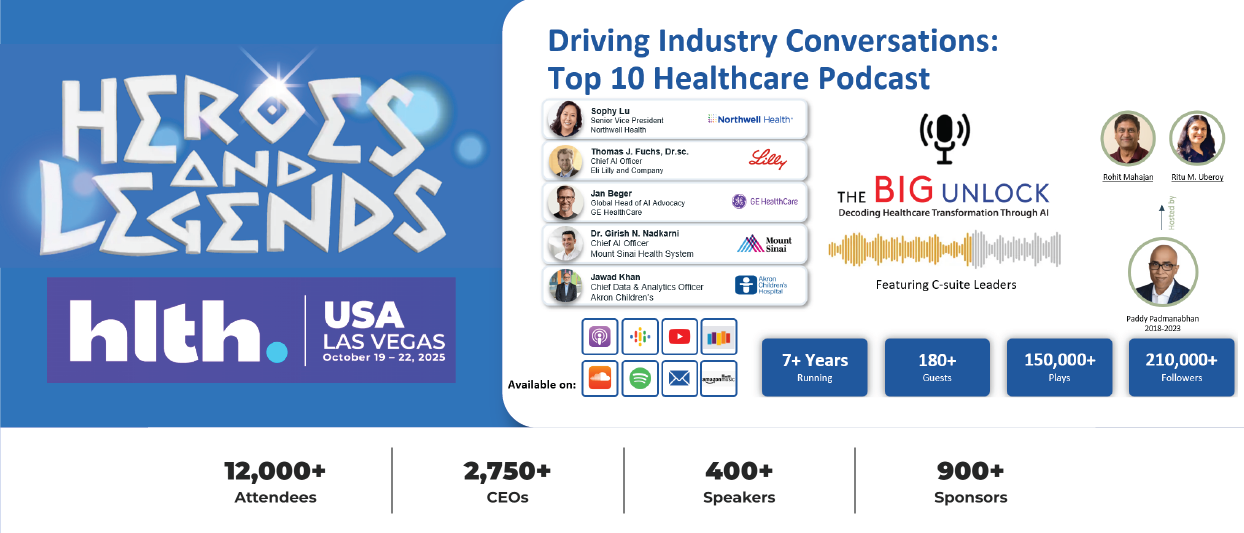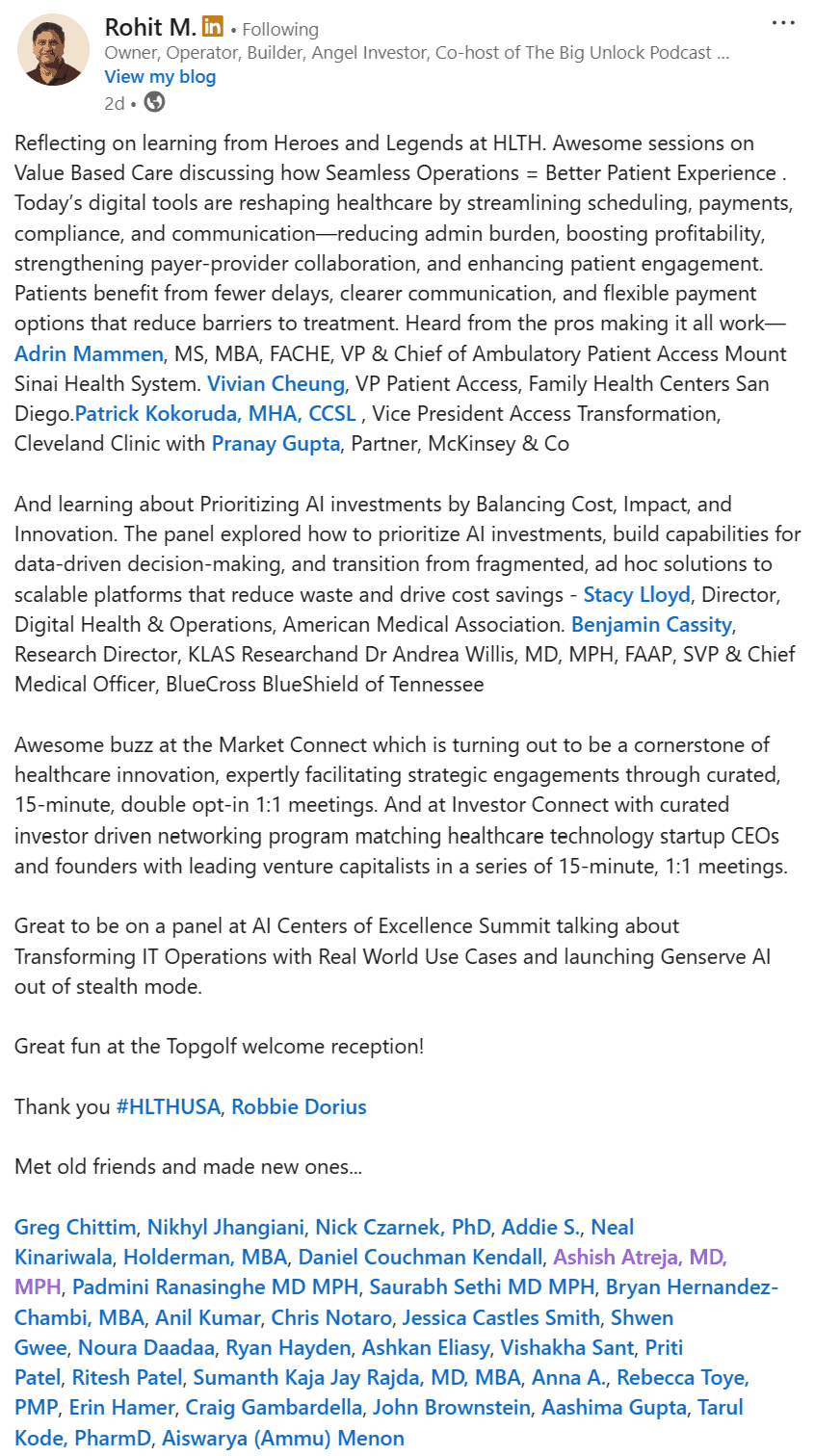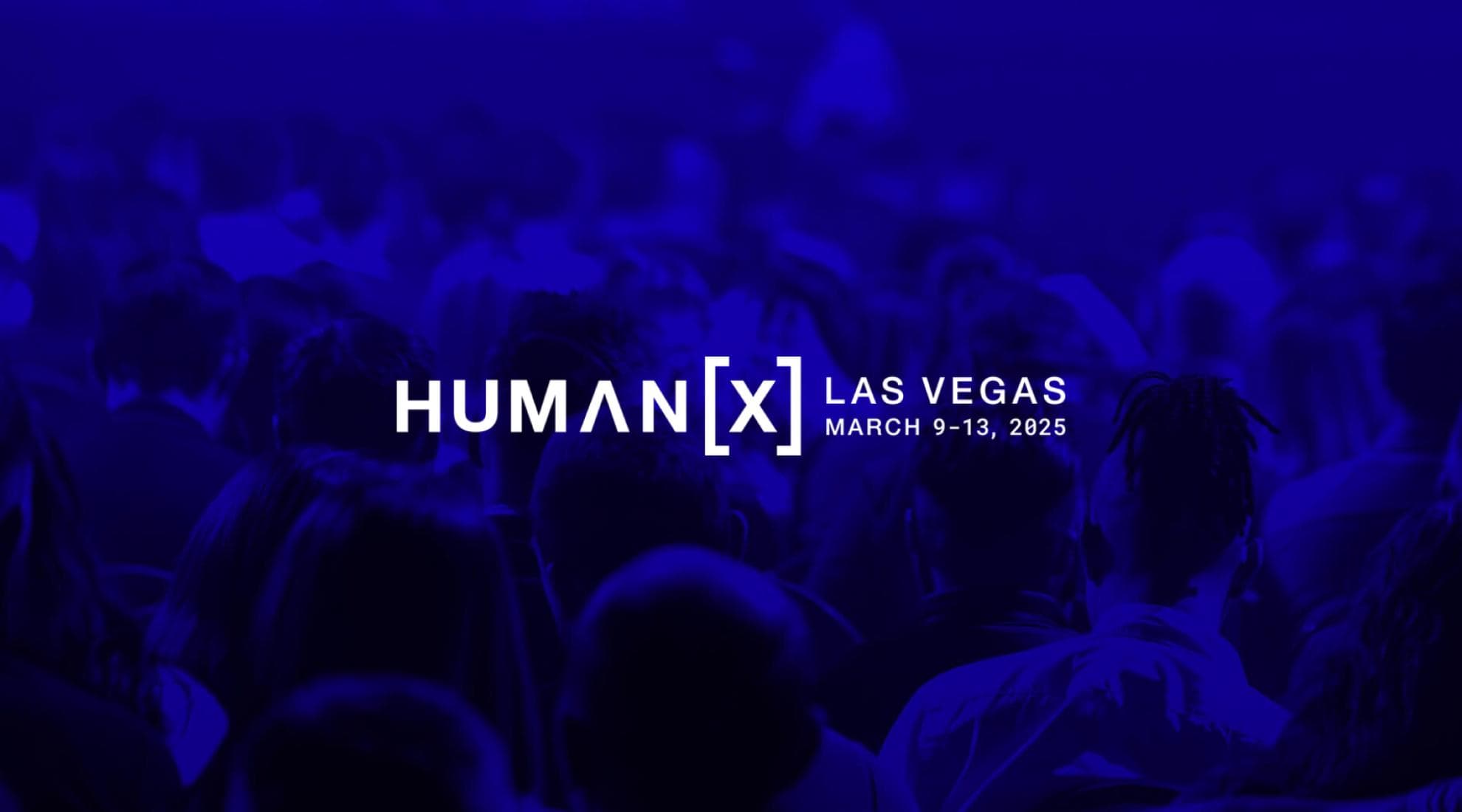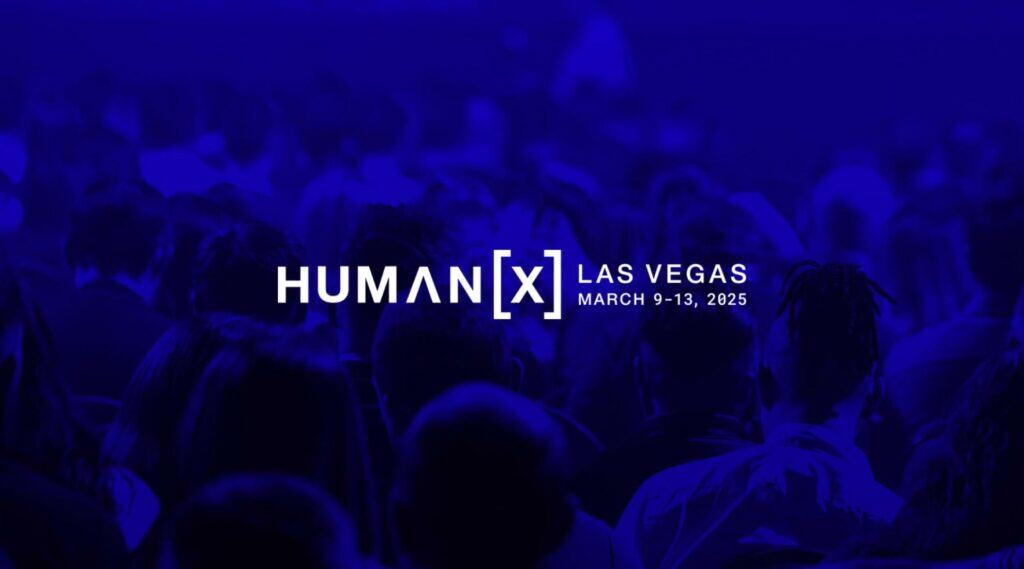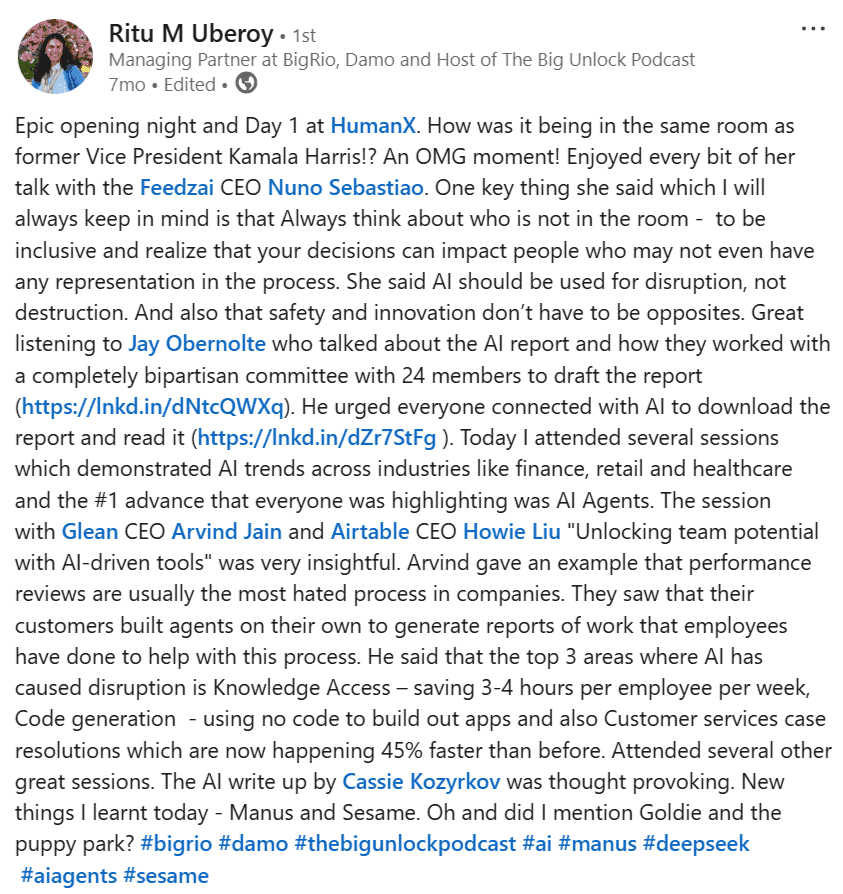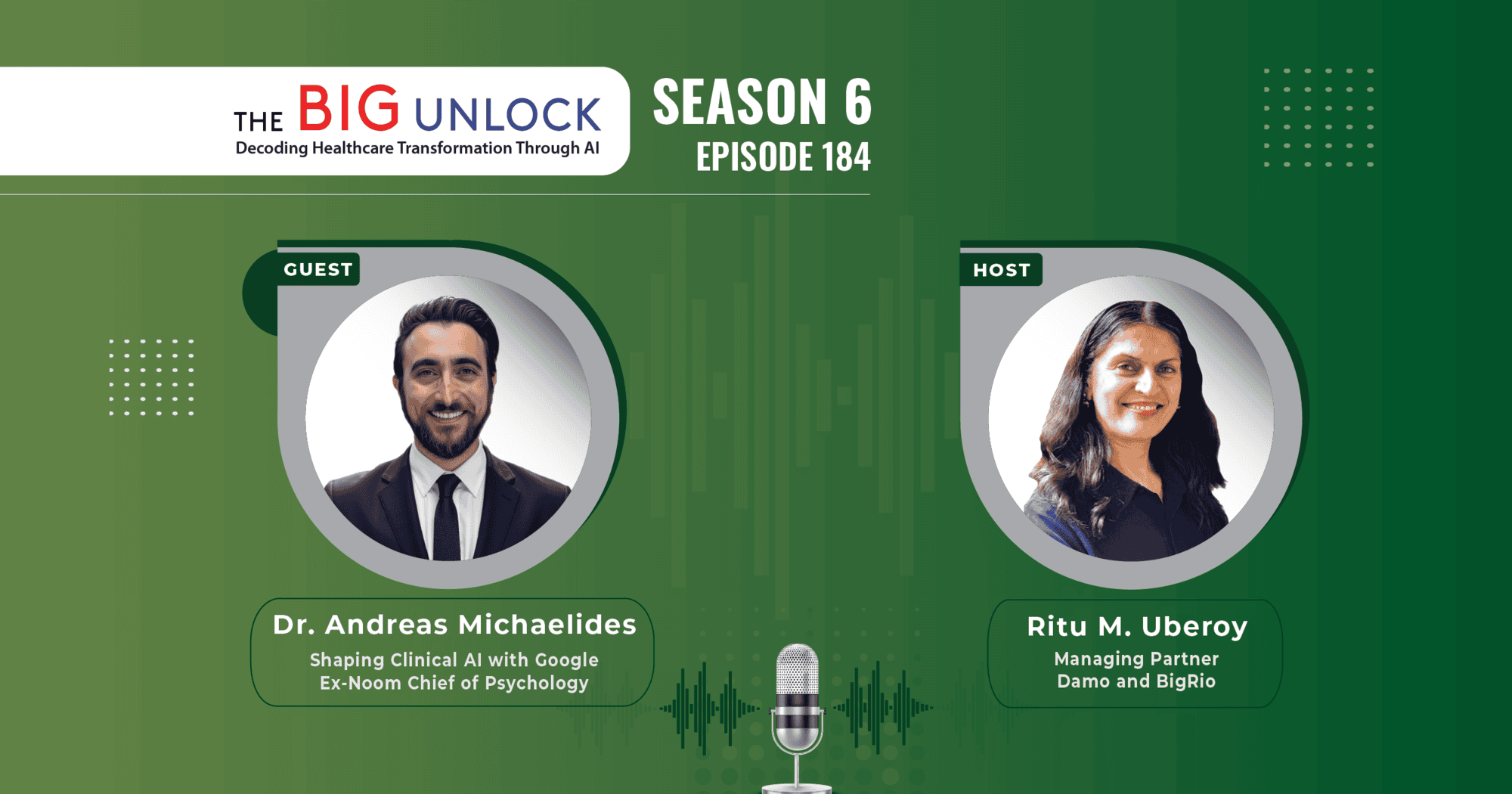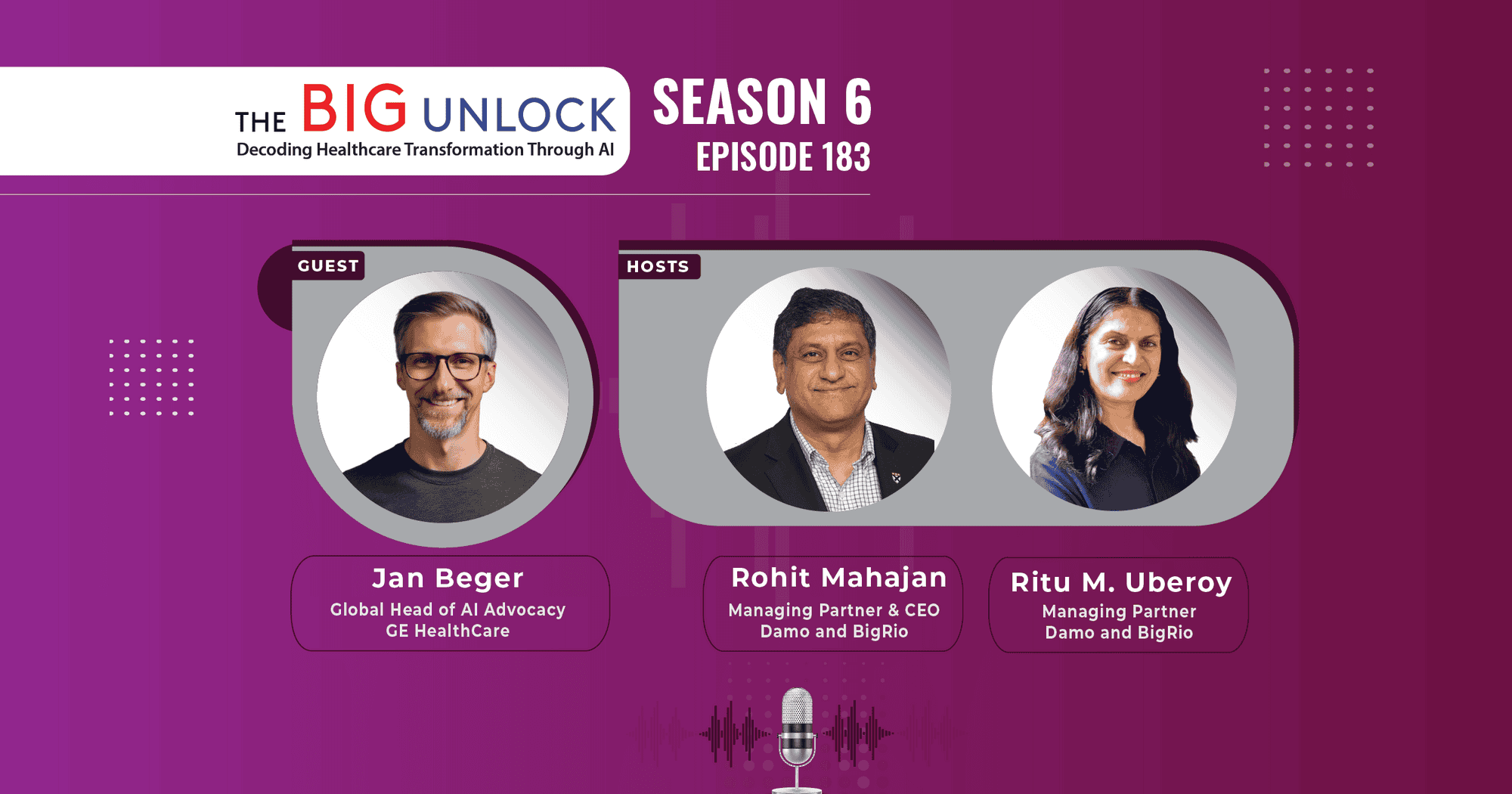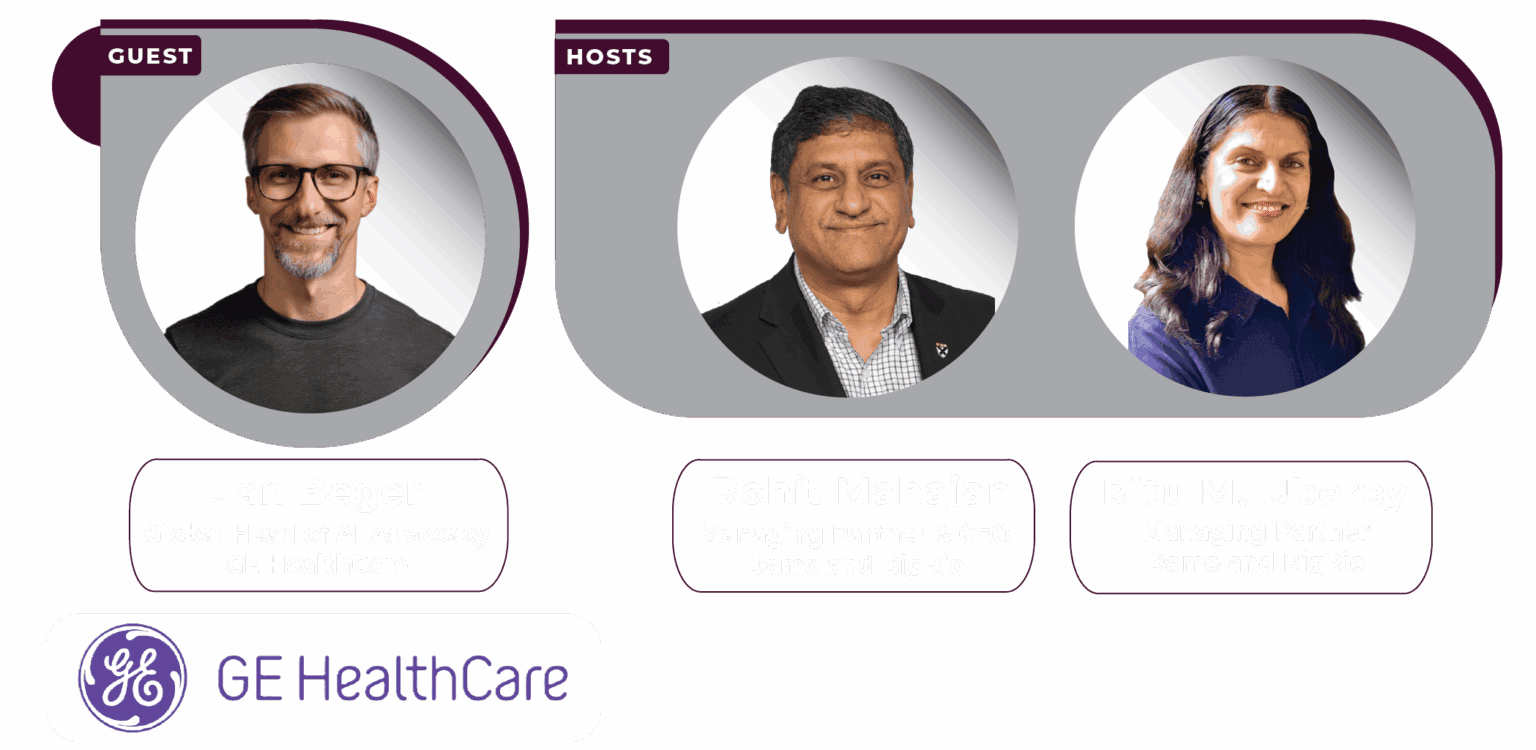Q: Hi, Dr. Michael Docktor, welcome to our Big Unlock podcast. We are really happy to have you as a guest on our show. Uh, it’s on our sixth season now, and, uh, we are looking forward to this conversation. I’m sure we’ll have a very engaging and interesting conversation about dog health, about healthcare in general, and the new trends about AI and all the buzzwords that people want to hear. Welcome to our show — we’d like to start with introductions. Happy to have you give your introduction. Thank you.
Michael: Yeah, thank you so much for having me. Yeah, I’m Michael Docktor, co-founder and CEO of Dock Health. I’m an ologist by trade. I am now on this, uh, healthcare venture outside of Boston Children’s Hospital where I started my GI career.
I was a busy clinician working on the clinical side as well as in innovation and informatics, and found that we had wonderful tools in the world outside of healthcare and struggled with my own challenges around managing all the tasks that are part of patient care. I found that I was using task management and project management tools that were not built for healthcare.
I scratched my head and wondered why we don’t have these things for healthcare. That was a journey. We started just over five years ago. We spun out Dock Health from Boston Children’s, and we’ve been on a very exciting journey in the world outside the academic walls since then.
It’s been fun. I’m excited to talk to you more about, uh, what we’re doing.
Q Great. That’s a great introduction. Thank you for letting our listeners know. We usually like to start with how you came into healthcare because everyone has an interesting story about what inspired them to become a physician.
For you, it’s particularly interesting because you’ve created this interface between design, technology, and healthcare — and you went beyond just visualizing what you wanted to do or asking why somebody doesn’t fix it, to actually building it yourself. I’d love to hear more about how you came into medicine and then into technology.
Michael: I could probably spend the entire podcast on this question. Obviously, my last name is Doctor, so there was some planting occurring there, and there’s something to be said for that.
One of my earliest memories was wanting to grow up to be a doctor. My younger sister had some GI issues when we were young, and I became very close with her gastroenterologist. I followed her on her journey and, unbeknownst to me, ended up following one of my mentors and was inspired to do the work for other children the way my sister was cared for. That was the initial inspiration.
You mentioned design. That’s interesting because my mother is an interior designer, my father is a dentist who specialized in aesthetics, and design — how things look, feel, and work — has always been part of my DNA. It was an amazing journey to go from being a traditional doctor in pediatric gastroenterology to discovering the importance of user experience and user interface.
Then the iPhone came out, then the iPad, and that really started me on my journey of exploring app development and software, and wondering why we didn’t use these wonderful devices in our pockets the way we should. That journey started more than 10 years ago and has led me to this perfect intersection of healthcare, design, and informatics, creating better experiences for patients and providers.
There’s a lot to unpack there, but people ask me if I would do it differently if I had the chance to do it all over — and absolutely not. I’m doing exactly what I want to be doing right now.
Q: Thank you for sharing that. That gives us so much perspective into how you came into this field, the influence of your parents, and how everyone around you inspired you to do this. That’s really interesting.
That leads us into how you built Dock Health. Tell us some examples of how you saw this becoming transformational in actual implementations with clients. When you built the tool, did you visualize exactly what it would do? Did it go beyond what you thought it would achieve in a healthcare setting? We’d love to hear more about that.
Michael: We’re far beyond where I ever thought we’d be when we first started this journey. That’s the exciting part. Fundamentally, we have such an administrative and operational challenge in healthcare. I saw it firsthand as a busy clinician struggling to manage all the clinically adjacent work that had to be done for my patients.
For example, I might have a patient with Crohn’s disease who needs to go to an infusion center. There are all these downstream tasks and administrative steps that need to be done by a team of people. We didn’t have assistants to do that, and the electronic health record wasn’t built for it.
A quarter of the $5 trillion spent in healthcare goes to administrative and operational challenges, and there really are no tools built for that. We rely on paper checklists, email, faxes, and spreadsheets to manage all the work happening outside the electronic health record.
For me, the realization was that I was using wonderful project management and task management tools to run software projects in my innovation and informatics roles—and yet nothing like that existed in healthcare. Patients, in many ways, are projects. There are tasks that form the essence of care, and they need to be tackled, managed, and collaborated on, with visibility and accountability across teams. That didn’t exist.
What we are now doing is serving as that productivity platform for healthcare, one that sits alongside the electronic health record in synergy, helping manage all the administrative and operational tasks of patient care in ways the EHR wasn’t designed for.
Some examples would be managing patient intake and all the processes associated with it. Referrals, inbound and outbound, with all the paperwork, eligibility checks, and faxes—those workflows are still incredibly manual. Referrals are a great example: 80% of referrals that come into major academic medical centers are still arriving by fax, despite the fact that they’re using Epic, a wonderful electronic health record.
These processes are still incredibly laborious, take too long, and are inefficient. Patient care suffers along the way. There’s a gigantic bottleneck around the administrative and operational work that moves patients through their journeys, and that’s what we’re focused on fixing.
Q: This is what we hear from a lot of our clients and other CIOs and C-suite leaders who come to our podcast—that this is one major problem with healthcare. It’s siloed, and the processes are really stuck in the dark ages.
We were talking to somebody from Athena, and they said they had an 800-person offshore center in India just to screen faxes. When a fax came in, one person looked at it to see if it was a pizza order or a referral. It sounds unbelievable in this day and age, but that’s how it works. I’m amazed to hear this from you as well. It’s remarkable.
Michael: Yeah. In fact, Athena is a partner of ours, and we’re working on referral management. It’s an incredibly antiquated process where everyone loses visibility. The amount of manual labor required to process these things is shocking in this day and age, when they can be handled through process automation, AI, and agents.
Q: Exactly. You’re talking about agentic, we’re talking about voice agents, and yet we’re still dealing with faxes. That’s really interesting to know.
Michael: There is reason to be hopeful. Healthcare is always many decades behind, but the adoption of AI is progressing more rapidly than I’ve seen any technology adopted in healthcare. There’s reason for hope.
Q: That leads into my next question, but before we get there, you mentioned Dock Health as a productivity platform. That’s what it does for doctors, clinicians, and patients. But when we talk to our doctors, clients, and health systems, the one word that always comes up is complexity. They deal with so many different systems and have to learn something new each time.
Where does Dock Health fit in? Is it another system they have to manage, or does it help reduce that burden?
Michael: Yeah, it’s all about reducing the burden and improving the user experience. That’s been fundamental to our belief system since the founding of the company.
First and foremost, we’re trying to become the productivity platform and the hub that handles the administrative and operational work. Instead of being “another system,” we’re often replacing spreadsheets, paper checklists, emails, and faxes—the ways we’ve traditionally managed the 50% or more of administrative and operational tasks required for patient care.
The EHR is great for clinical work, billing, prescribing, and scheduling, but so much happens downstream that isn’t covered. I’d argue we are creating the hub for that. Just as the EHR is the clinical hub, Dock Health serves as the operational hub. Together, it’s really one plus one equals three.
We’re also aiming to be much more consumer-like in our approach. Our tool can onboard a customer in 30 minutes. We offer a free trial, and for small organizations that want to get up and running, they can start using it right away—just like downloading an app. It’s lightweight, highly configurable for end users, and designed with a strong focus on user experience.
The real challenge is that clinicians don’t want another tool. They’re busy and need to spend their time in the EHR. Our core users are often the super users: front office staff, back office teams, operational leaders, and administrative staff who leverage our tool every day.
The important piece is that we connect to the electronic health record and provide visibility for clinicians. If they’re interested, they can see where a patient is in their journey or where a process stands, but they don’t have to be in our system all day, checking tasks or learning another workflow.
The intent is to provide that operational hub for administrative and support staff—the essential members of the care team—while clinicians continue their work in the EHR and often drive tasks into our system through their orders and actions there.
Q: Is the integration with the EHRs native, like with Epic, Cerner, and the big ones?
Michael: Yeah. We’re on the marketplace with a number of the top EHRs, including Epic and Cerner. We’re also working with Mayo Clinic, their Mayo Clinic Platform, and their Deploy platform.
The other thing I’d mention is that many organizations use our tools without being integrated with the electronic health record. That’s often because they’re smaller practices—mental health, concierge care, or primary care—that simply need a hub to handle administrative and operational work and collaborate as a team.
We spend a lot of time helping organizations define their processes, and those processes can then live in Dock, where they can be collaborated on and turned into operational best practices. That’s something that often doesn’t happen in traditional healthcare organizations, and our tool is valuable even when it’s not connected to an EHR.
Of course, the real value comes when we integrate with systems—EHRs, CRMs, patient engagement tools—and serve as the hub while automating as many tasks as possible. That’s when the flywheel starts turning, and organizations begin to feel the benefits of automation and work reduction. It ultimately moves the needle in a measurable way.
Q: So, you’re saying if there’s an integration with the EHR, then it’s end-to-end and people can see a complete view of what’s happening. But even without the EHR, because it helps with workflow management, it’s valuable for practices?
Michael: It’s just like every other industry. They have Asana, JIRA, Trello—all these tools where a lot of the real work gets done. That provides value in itself by giving a clear view into where the patient is in their journey and what process they’re following.
When we integrate with an EHR or other systems, we can then automate those workflows. For example, when a fax comes in, we can launch a workflow for a new patient referral. When a lab order is placed, we can launch a workflow for follow-up. Or when a patient has a procedure, we can launch a process for their downstream follow-up.
Q: That leads into the next question, which is your learning journey with AI. What advice do you have for our listeners about where AI is headed? And with voice agents and agentic tech being buzzwords, where do you see Dock Health going? Are you also looking at implementing voice agents?
Michael: AI is incredibly exciting. I’ve put it out there that we’re an AI-first company. We’ve been thinking about this for a while, and we already have what we call Dock Intelligence in production with customers. We started with the basics, using foundational models and generative AI to process large troves of data.
Now, we can summarize all the work being done for a patient and create a snapshot for the end user—showing all tasks, workflows, patient context, and even clinical context if available. That gives a quick overview of what’s happening. Users can edit that snapshot if needed, or generate a note that writes back to the EHR to keep the operational and clinical record in sync.
That’s the first step in our AI journey. From there, we realized tasks bundle into workflows, workflows can be automated, and now we’re starting to farm out those tasks to agents and AI. For example, a voice agent could follow up with a patient to confirm a referral or review lab results. We’re actively pursuing that, as well as leveraging AI to extract data from faxes to automate referral processes.
AI is the big unlock. In the next three to five years, I believe most administrative and operational tasks will be handled by automation and AI agents orchestrating together. These agents need rails to run on and structure to guide them, and end users must remain in the loop to provide oversight and visibility. But the lion’s share of this work will be handled by agents—and we’re building that future right now.
Q: Are you aligning specifically with any particular LLM or provider, or are you going to be completely agnostic?
Michael: I’d like to think we’ll be agnostic. We’re doing plenty of building on some of the foundational models ourselves, and we’re partnering where we can with great tools. For example, with voice agents, we’re not necessarily building them ourselves—there are excellent options out there. What we are doing is building our own homegrown AI agents that can manage processes and facilitate handoffs from task to task.
Our approach has always been to recognize that there’s a wonderful ecosystem out there. We want to be the hub that connects to the best-of-breed systems—whether that’s Epic as an EHR, Salesforce as a CRM, or other tools we can leverage to create a healthy ecosystem. That’s what we’re pursuing.
Q: I wanted to ask a question about that because with the LLMs, one of the main problems is the hallucinations or the repeatability or the trust factor there. So I saw that Dock is HITRUST certified. So, I just wanted to ask, what are your views on that? Because in terms of using generative AI when we talk to our clients, uh, for implementations on LLMs, or they’re more comfortable certainly with the administrative tasks, but even with the administrative tasks there’s always the question of what are the guardrails you put around that and how do you make sure that the results that you are seeing or you are displaying on Doc Health, you know, stay within that, those bounds of accuracy. Whathat are your thoughts around that?
Michael: AI is incredibly exciting—it’s moving at the speed of light, and everyone wants to benefit from it. I do think administrative and operational areas of healthcare are lower-hanging fruit and far less risky. We’re not yet in a place where we can reliably use AI for absolute clinical decision support and autonomy, though I believe we’ll get there in the not-too-distant future.
For now, the clunky and manual administrative work is ripe for AI. Still, we need to be mindful of potential hallucinations. In our experience so far, we haven’t seen issues, but we’ve put safeguards in place. That means keeping a human in the loop to ensure outputs are appropriate and relevant. We also give users the ability to edit results before they’re sent—whether it’s a summary being emailed to a colleague or written back into the EHR as a clinical note.
It’s essential to show your work. If we’re pulling data from various sources, we show those sources. We keep users in the loop, give them control to review and edit, and maintain tight feedback loops to catch and address anything off.
So far, even foundational LLMs have been surprisingly strong in our relatively narrow use cases. The real challenges will come as we move toward higher-risk clinical decision support—but I’m confident we’ll get there quickly.
Q: It’s interesting you mentioned humans in the loop and the fact that people can review or edit what’s being generated. But with agents, one of the key defining characteristics is autonomy—they can make API calls, send emails, even browse the web to find and act on information. How do you think about that level of control being handed over?
Michael: I think it’s all about balance. The value of task automation and workflow automation is clear. For us, one of our strengths is providing a user interface where the end user can actually see where a process is in its journey.
We’re working on features like showing confidence levels or confidence intervals for data extracted—for example, from a fax. That way, we not only show our work but also give transparency into how accurate that extraction might be. Using our interface, which breaks workflows into tasks, we can show exactly where a process stands. If we believe human involvement is needed, we assign a task and call someone in to review.
Even in the agentic future—which is already upon us and actively being built and tested—we see ways to keep humans in the loop. Operating entirely in a vacuum is risky. Part of my mantra, coming from clinical practice, is that I lacked visibility and accountability in the work being done on behalf of my patients, lost in a black hole of faxes and emails. It’s important to show where the patient is in their journey, where the process stands, whether an agent is handling it or automation is moving data between systems. Giving people visibility and the ability to drill down is critical.
Q: That’s an interesting viewpoint. You mentioned the front and back office and clinicians, but I didn’t realize patients might also have visibility into the system.
Michael: That’s certainly the vision for the future. Right now, our solution focuses on creating visibility and accountability for the care team—clinical and operational staff. But ultimately, the patient is part of the care team too. I would love to see a future where patients are assigned tasks and the rest of the care team has visibility into their progress. I think that’s inevitable. For now, we’re focused on giving the traditional care team the tools they need, but over time, I see patients and their home-based care team being part of that ecosystem.
Q: So I think we are almost at the end of the podcast. We would like to conclude by asking you what you think, maybe give a horizon of like a year and then maybe a five-year horizon. What do you think the top trends that are going to be in AI, and particularly for you at Dock Health? What are the three things that you are really keeping close tabs on and you feel that it’s going to really impact your product and be very transformational.
Michael: It’s tough to predict because AI is moving so fast. Moore’s Law doesn’t apply anymore—the doubling is happening every few months. Everything right now is AI, and “agentic” is the word of the day. I’ve even heard “ambient agents.” We see our role as orchestrating workflows where agents will carry out the majority of tasks.
When we started Dock Health, I imagined a day when it would be smart enough to handle processes automatically. AI has accelerated that roadmap by five to ten years, and the pace keeps shrinking. I truly believe that in the next five years, when healthcare spending in the U.S. reaches $10 trillion, the $2.2 trillion spent on administrative and operational costs may actually shrink because of operational efficiencies unlocked by AI.
We want to give care teams superpowers. Administrative and operational staff deserve better tools to do their work. Just as ambient scribes are now relieving clinicians from documentation, I believe AI will do the same for the administrative and operational burdens in healthcare. Within three to five years, I expect most of that work will be automated. Humans will still play a role, but much of it will feel like it just happens—almost magically.
If you zoom out five years from now, it will look like magic. But by then it will feel obvious. And that excites me, because at the end of the day, patients, our economy, and the world need more efficient care. The fact that we waste a trillion dollars a year on administrative tasks is shameful. Patients are asked to take on too much, like reminding us about referrals or tracking down lab results. These things happen because we’re human and don’t scale well. But now we have incredible tools at our fingertips, and I believe the next few years will be the most exciting time healthcare has ever experienced.
If we zoom out five years from now, it’s going to look like magic—but by then it will feel obvious. I’m excited for that future because, at the end of the day, patients, our economy, and our world need more efficient care. The fact that we waste a trillion dollars a year on administrative and operational tasks is shameful.
Too much of the burden falls on patients. Physicians and care teams often say, “Call me if you don’t get your referral in a couple of days,” or, as I saw with my own mom recently, patients are left chasing down lab results. These things happen because we’re human and we don’t scale well.
Now, we have incredible tools at our fingertips. That’s why I believe the coming years will be the most exciting time in healthcare that I’ve ever experienced—and likely the most exciting time the world has ever seen. Healthcare is primed for transformation and opportunity.
Q: Thank you for being with us on our podcast. It was a wonderful conversation, and we look forward to sharing your vision for the future with our listeners.
Michael: Thanks so much.
————
Subscribe to our podcast series at www.thebigunlock.com and write us at [email protected]
Disclaimer: This Q&A has been derived from the podcast transcript and has been edited for readability and clarity.
